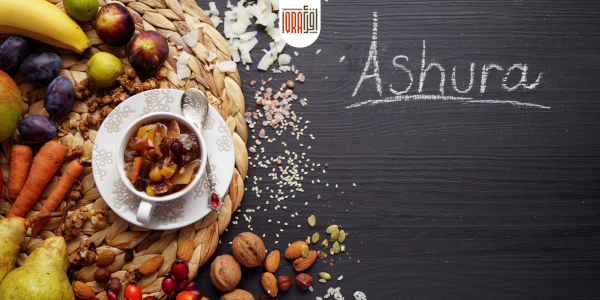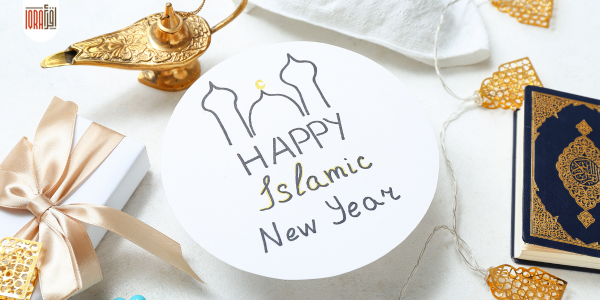A Deep Dive into His Final Days in Medina and His Everlasting Legacy
In the heart of Medina, the beloved Prophet Muhammad (peace be upon him) was nearing his final earthly moments. As the question, how did Prophet Muhammad died, resonates in the minds of many, this article endeavors to provide a timeline, drawing from authentic sources and narrating those transformative moments in Islamic history. IQRA’s seerah course offers an even deeper exploration of these events.
The Farewell Sermon: Eternal Words on Mount Arafat
When discussing how did Prophet Muhammad died, we cannot skip his monumental farewell speech. It was on the scorching plains of Arafat that he delivered a sermon that would be echoed for centuries. Addressing a multitude, his words were a timeless edict on justice, equality, and the importance of upholding the sanctity of life. Each word was meticulously chosen, guiding not just those present, but generations to come. To delve deeper into the intricacies of this sermon, check out IQRA’s detailed post on Prophet Muhammad’s Farewell Speech.
Prophet Muhammad’s Last Moments: An Epoch Concludes
How did Prophet Muhammad died? Having imparted his farewell sermon, Prophet Muhammad set his sights on Medina. Here, we lay out a chronological timeline of Prophet Muhammad’s (peace be upon him) concluding moments, capturing the sequence of events that marked the end of a prophetic era.
Anas described the profound sorrow of Prophet Muhammad’s (sallallahu ‘alayhi wa sallam) passing, contrasting it to the joy of his arrival among them.
Onset of Illness
In the eleventh year of Hijrah, after attending a funeral, the Prophet began showing signs of sickness. Despite intense headaches and fever, he led prayers for around eleven days. His ailment persisted for about two weeks.
Final Week
Amidst worsening health, the Prophet chose to stay in ‘A’ishah’s room. There, she often recited Quranic verses and supplications he had taught her. Five days before his departure, he spoke against making prophets’ tombs into worship places and emphasized not to idolize his grave. He publicly highlighted the contributions of the Ansar, urging kindness towards them.
Last Instructions
Four days before his passing, the Prophet expressed a desire to provide further guidance for the Muslim community. He emphasized three main points:
- Expelling non-Muslims from Arabia.
- Respecting visiting delegations.
- Uncertainty remains about the third, possibly concerning the Qur’an’s adherence, welfare of the Muslim army, or slaves’ treatment.
Despite his condition, he led prayers until weakness overcame him, eventually appointing Abu Bakr in his stead.
Shortly Before His Passing
The Prophet, on one of the weekend days, felt well enough to pray. Supported by two men, he went to the mosque for the noon prayer. He signaled for Abu Bakr, who was leading the prayer, to continue. They positioned him beside Abu Bakr. The Prophet led, and Abu Bakr echoed his words for clarity.
A Day Before He Passed Away
On the day before his death, the Prophet freed his slaves, gave away his money, and donated his weapons to the Muslims. That evening, ‘A’ishah had to borrow oil for lighting. The Prophet’s armor was also mortgaged.
His Final Day
‘Anas ibn Malik recounts: During the dawn prayer on Monday, as Abu Bakr led, the Prophet peeked from ‘A’ishah’s room, smiling. Abu Bakr attempted to step back, thinking the Prophet wished to lead the prayer, but he signaled them to continue and withdrew.
That day, the Prophet confided in his daughter Fatimah, making her cry and then laugh. He later revealed to her the news of his impending death and that she’d join him soon. The prophet bid farewell to his grandchildren and wives, and spoke of the pain he felt, hinting at his approaching death. He emphasized the importance of prayers and the treatment of slaves.
The Prophet’s Passing
On Rabiʻ I 13, 11 AH as Prophet Muhammad neared his end, ‘A’ishah cradled him. He used a tooth-stick with ‘A’ishah’s help. As his end came, he murmured prayers and expressions of faith. He passed away on a Monday, at 63 years of age.
The Companions React
Madinah was immersed in profound grief. Fatimah mourned, ‘Umar was in denial, and Abu Bakr, after confirming the Prophet’s passing, reminded people of their faith and cited a relevant Qur’anic verse. The community was deeply moved, and the reality of the Prophet’s passing became clear.
Preparations for Burial
There were initial disagreements regarding succession and burial. The matter of succession was eventually settled with Abu Bakr as the Caliph. The Prophet’s body was washed and shrouded. He was then buried at the spot he passed away, as per Abu Bakr’s recollection of his words. The burial process lasted till late Wednesday night.
The Immortal Legacy: An Ummah Inspired
While Prophet Muhammad’s physical presence ceased, his teachings continued to illuminate the path for billions. The inquiry of how did Prophet Muhammad died isn’t merely a query about his passing but a contemplation of his impactful life. His teachings, leadership, and personal example remain an inspiring beacon.
For those captivated by Prophet Muhammad’s life and pondering over how did Prophet Muhammad died, delving into IQRA’s programs will enrich this journey. Explore the life, challenges, and timeless wisdom he bestowed upon humanity.
Calls to Action:
- Immerse yourself in the life of Prophet Muhammad. Understand his challenges, teachings, and the indelible mark he left on history. Join the seerah course at IQRA.
- Amplify your comprehension with Dr. Miraj Mohiuddin’s insights from his book Revelation: The Story of Muhammad (PBUH) on the IQRA podcast. Accompany this auditory journey with his book to provide a more nuanced perspective.





0 Comments
Oops comments are disabled